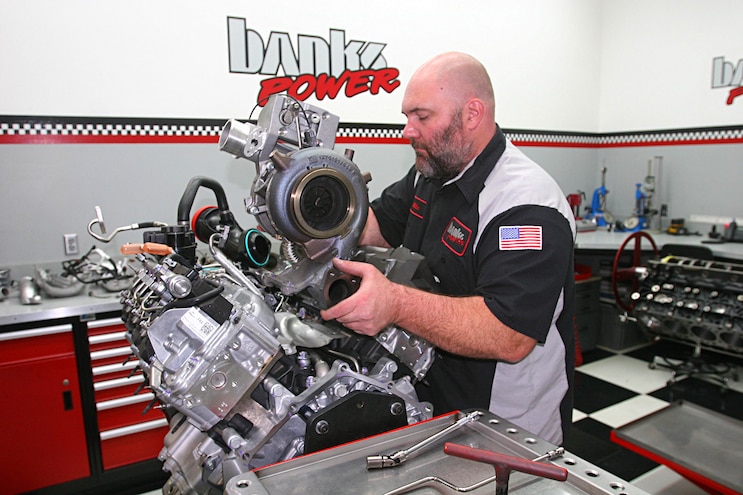- Joined
- Dec 30, 2006
- Messages
- 29,558
Take two different filters,both for the same application. Would the filter with larger and more baseplate holes be better than the one with fewer,smaller baseplate holes?






As long as the baseplate holes have a larger area than the hole in the pipe it won't matter how big they are
Sure, but the total flow area of the base plate holes would have to be much less (like half or more) than the area of the filter mount inlet hole to the engine. The media typically contributes most to the delta-p across an oil filter.
